Mastering Change Management: A Consultant’s Guide to Smooth Transition
Mastering Change Management: A Consultant’s Guide to Smooth Transition
Change is the only constant in today's dynamic business landscape. Organizations face a myriad of challenges as they navigate through transitions, be it implementing new technologies, restructuring, or adapting to market shifts. In the realm of change management, consultants play a pivotal role in guiding companies through these transformations seamlessly.
Understanding the Essence of Change Management
Change management is more than just a series of processes; it's a strategic approach to prepare, support, and help individuals, teams, and organizations adapt to change successfully. A profound understanding of the psychology of change is paramount. Consultants need to not only anticipate resistance but also possess the skills to address it effectively, fostering a culture of adaptability within the organization.
The Role of a Change Management Consultant
A consultant specializing in change management wears multiple hats – from assessing the organization's readiness for change to developing a comprehensive strategy, and finally, facilitating a smooth transition. This multifaceted role involves working closely with leadership, employees, and various stakeholders to ensure everyone is not only aligned but also actively committed to the change initiative. Navigating diverse corporate cultures demands a nuanced and flexible approach, emphasizing the importance of interpersonal skills in fostering collaboration.
Key Principles for Effective Change Management
1. Clear Communication:
Transparency remains pivotal. Consultants must establish open lines of communication, not just relaying information but also actively seeking feedback. Articulating the reasons behind the change, expected outcomes, and how it aligns with the organization's long-term goals becomes an ongoing dialogue.
2. Leadership Involvement:
Engaging leadership becomes an art form. Leaders should not merely endorse the change; they need to embody it. Visible advocacy, coupled with empathetic guidance through the inevitable uncertainties, becomes the cornerstone of successful change implementation.
3. Stakeholder Engagement:
Identifying and involving key stakeholders early on is fundamental. However, going beyond mere identification, consultants must actively cultivate a sense of ownership among stakeholders. This demands the creation of a collaborative environment where diverse perspectives are not just acknowledged but genuinely valued.
4. Comprehensive Planning:
A well-thought-out plan evolves from more than just risk assessment and resource allocation. It becomes a dynamic document, adapting to unforeseen challenges. Consultants must not only foresee potential obstacles but also possess the agility to recalibrate strategies in real-time, ensuring the organization stays on a resilient course.
5. Addressing Resistance:
Resistance is a natural response to change. However, adept consultants go beyond merely managing resistance; they transform it into a catalyst for growth. This demands not just communication and training but a proactive approach to address concerns, making the resistant elements active contributors to the change process.
6. Continuous Evaluation:
Change is not a one-time event but a continuous process. Regular assessment of the change initiative's progress becomes a dynamic feedback loop, facilitating adjustments as needed. It necessitates a commitment to ongoing evaluation mechanisms, ensuring the organization stays not just on course but ahead of emerging challenges.
Leveraging Technology in Change Management
In the digital age, technology becomes an indispensable ally in change management. Beyond project management tools and communication platforms, consultants must harness the power of artificial intelligence for predictive modeling and analytics. These technologies provide not just efficiency but also offer valuable insights, aiding consultants in making data-driven decisions throughout the change process. Machine learning algorithms can help predict potential areas of resistance, enabling proactive interventions.
Case Studies: Real-world Examples of Successful Change Management
Exploring case studies becomes more than a learning exercise; it becomes a source of inspiration and practical application. Real-world examples offer not just insights but tangible lessons that transcend industry boundaries. By examining a diverse array of industries and organizational sizes, consultants can broaden their perspectives, enabling them to tailor their approaches to the unique challenges presented by each client.
5 Modern Models of Change Management
1. Lewin’s Change Management Model
2. McKinsey 7-S Model
3. Nudge Theory
4. Kübler-Ross Change Curve
5. Deming Cycle (PDCA)
The Future of Change Management
As businesses evolve, so does the field of change management. The future demands a forward-thinking approach from consultants, incorporating innovative methodologies and technologies into their toolkit. Adapting to the evolving landscape of work, which increasingly includes remote and hybrid models, is crucial. This necessitates a deep understanding of the potential challenges and benefits these models bring and a commitment to tailoring change strategies accordingly.
Successfully navigating change requires strategic management and ongoing support. Choosing an effective change management model acts as a guiding compass, facilitating smoother transitions toward desired outcomes. Particularly with substantial changes like adopting new software, utilizing appropriate change management tools becomes crucial for garnering necessary support.
Embracing artificial intelligence (as done in writing this post) and emerging technologies becomes not just an option but a necessity. Predictive analytics can aid in anticipating potential roadblocks, and staying abreast of cutting-edge methodologies ensures that consultants remain at the forefront of change management practices. The future demands not just adaptability but a proactive stance towards anticipating and leveraging emerging trends in organizational dynamics.
Looking ahead, integrating artificial intelligence into change management processes can enhance efficiency. AI-powered analytics can offer valuable insights, predicting potential challenges and facilitating proactive interventions. Virtual assistants driven by AI can streamline communication, ensuring a more personalized and responsive approach to managing organizational transitions. Embracing AI in change management not only aligns with modern technological advancements but also positions organizations for sustainable success in an ever-evolving business landscape.
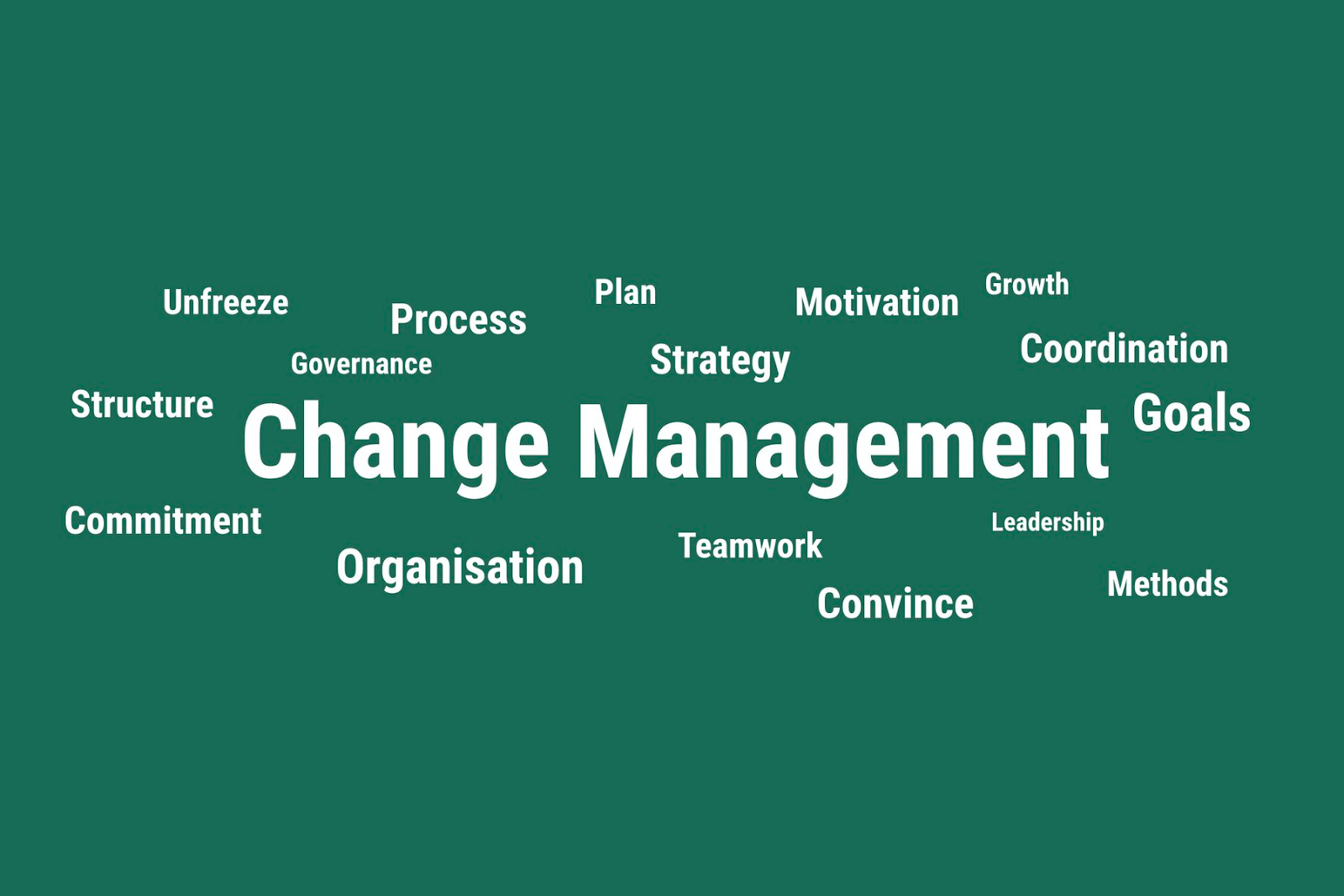
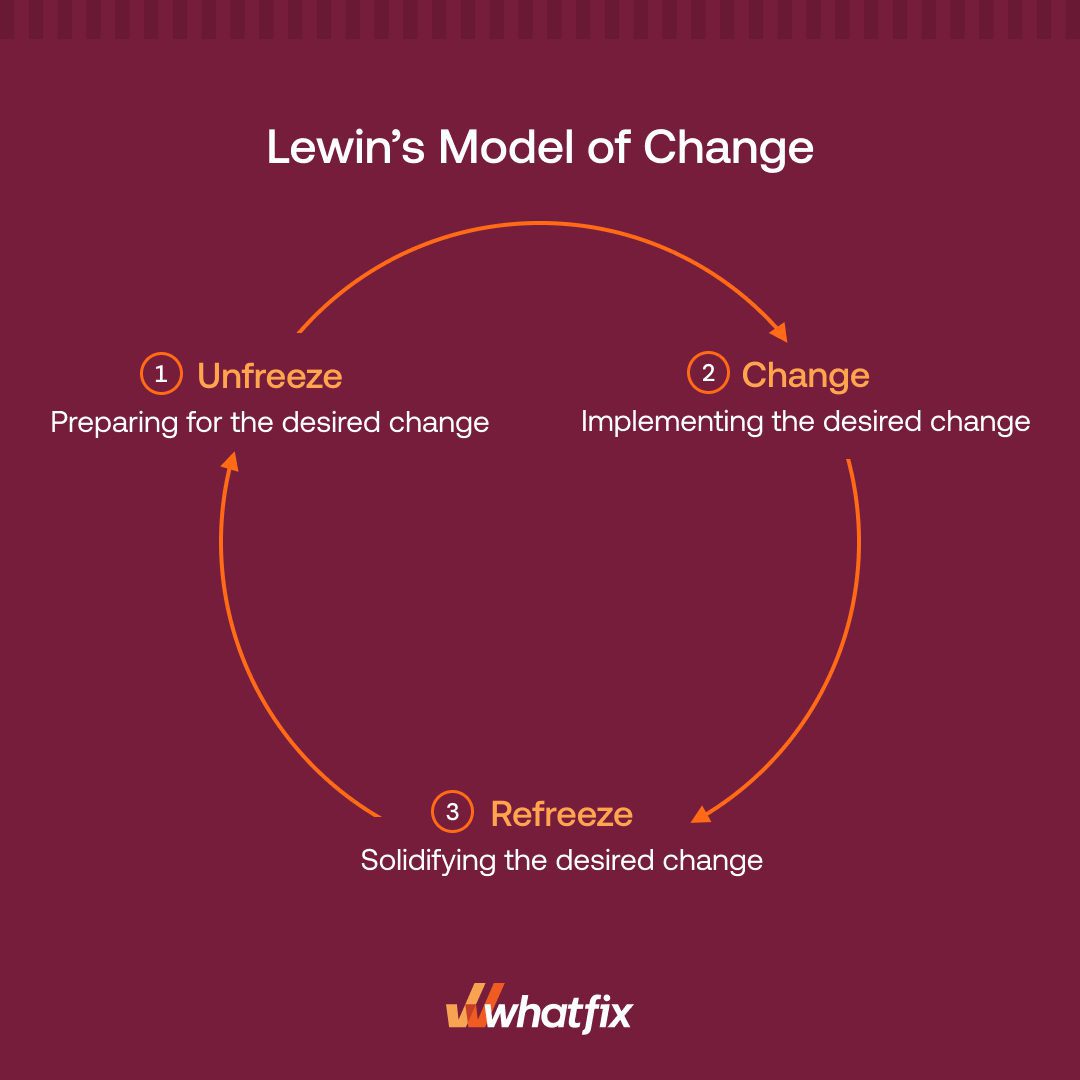
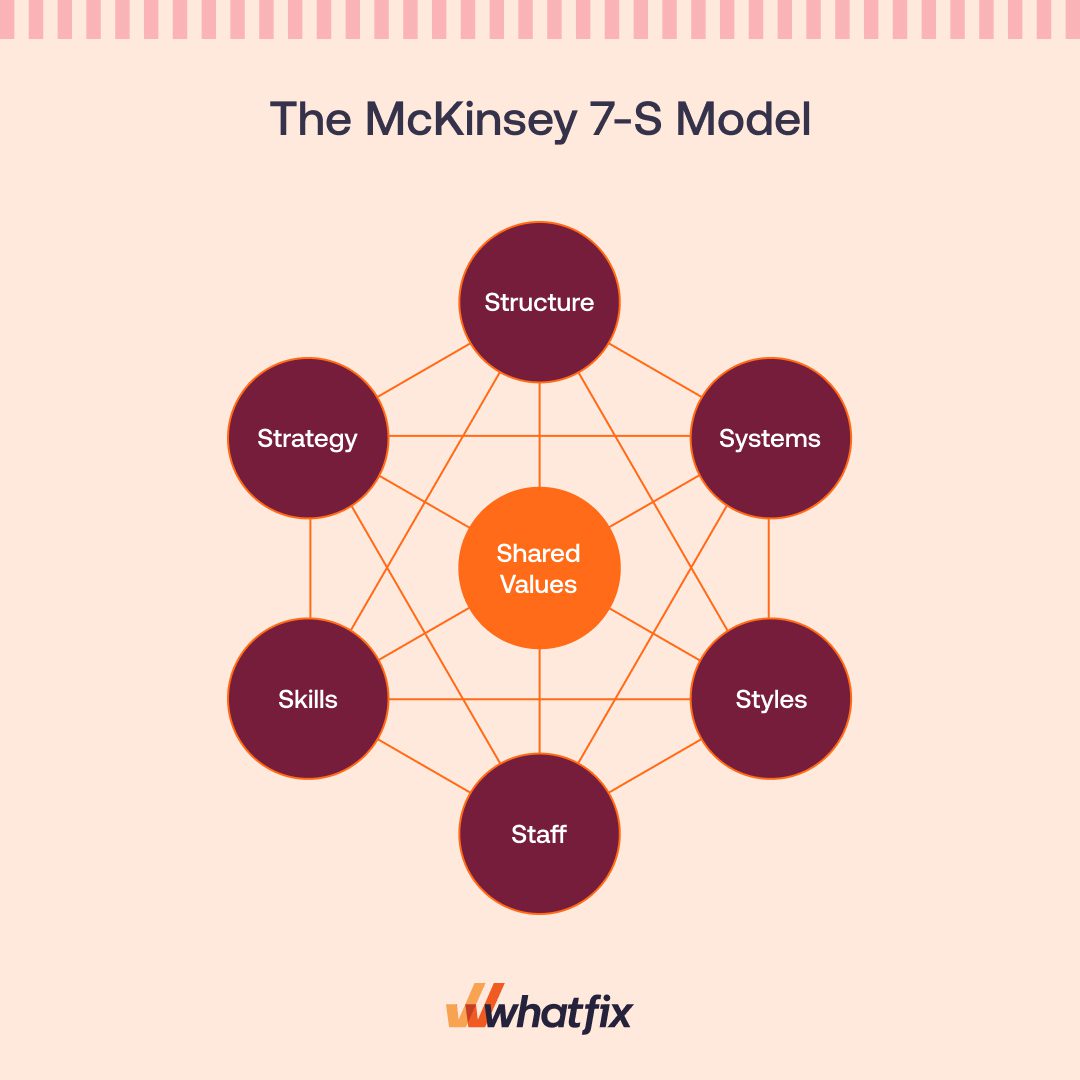
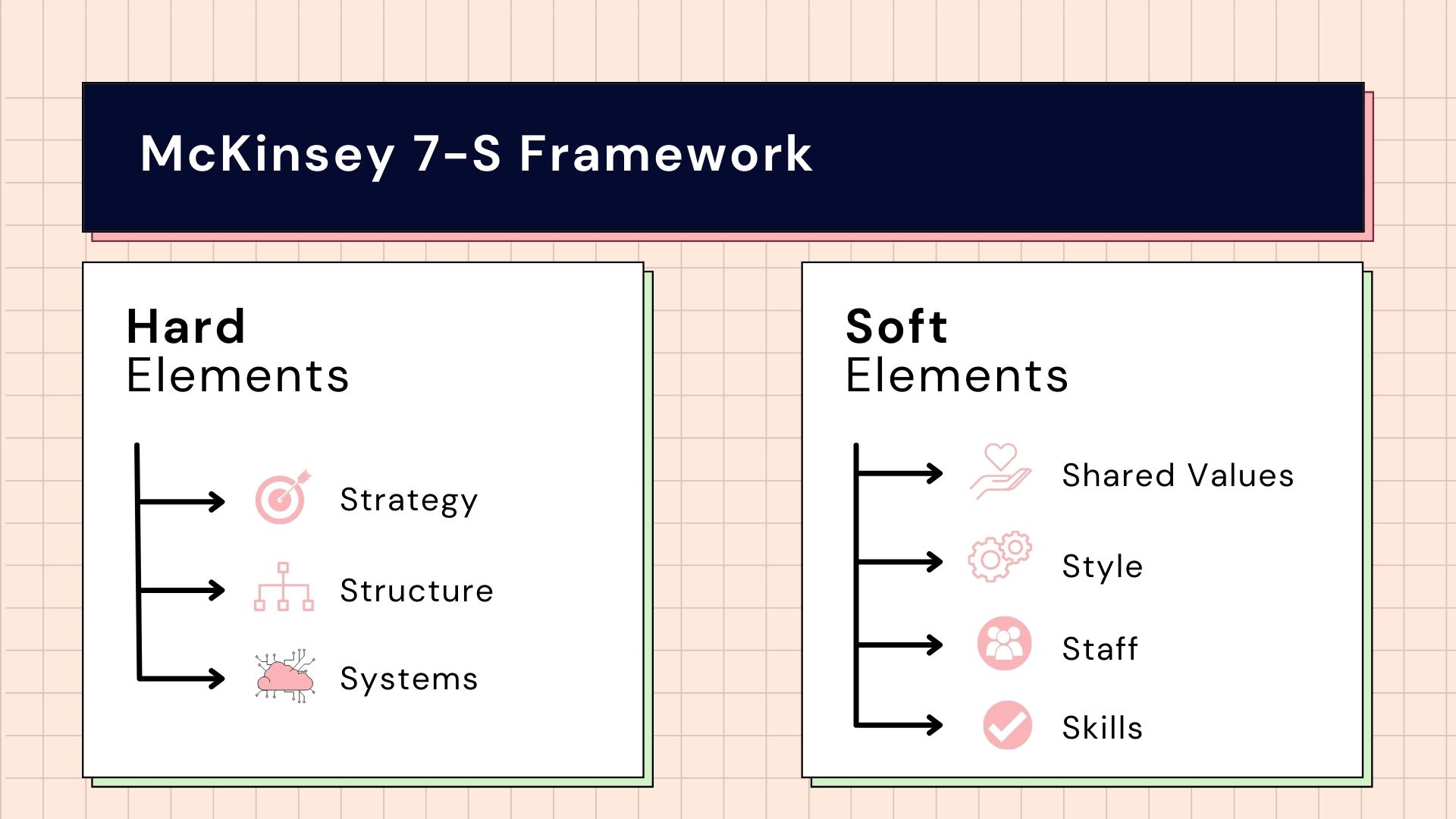

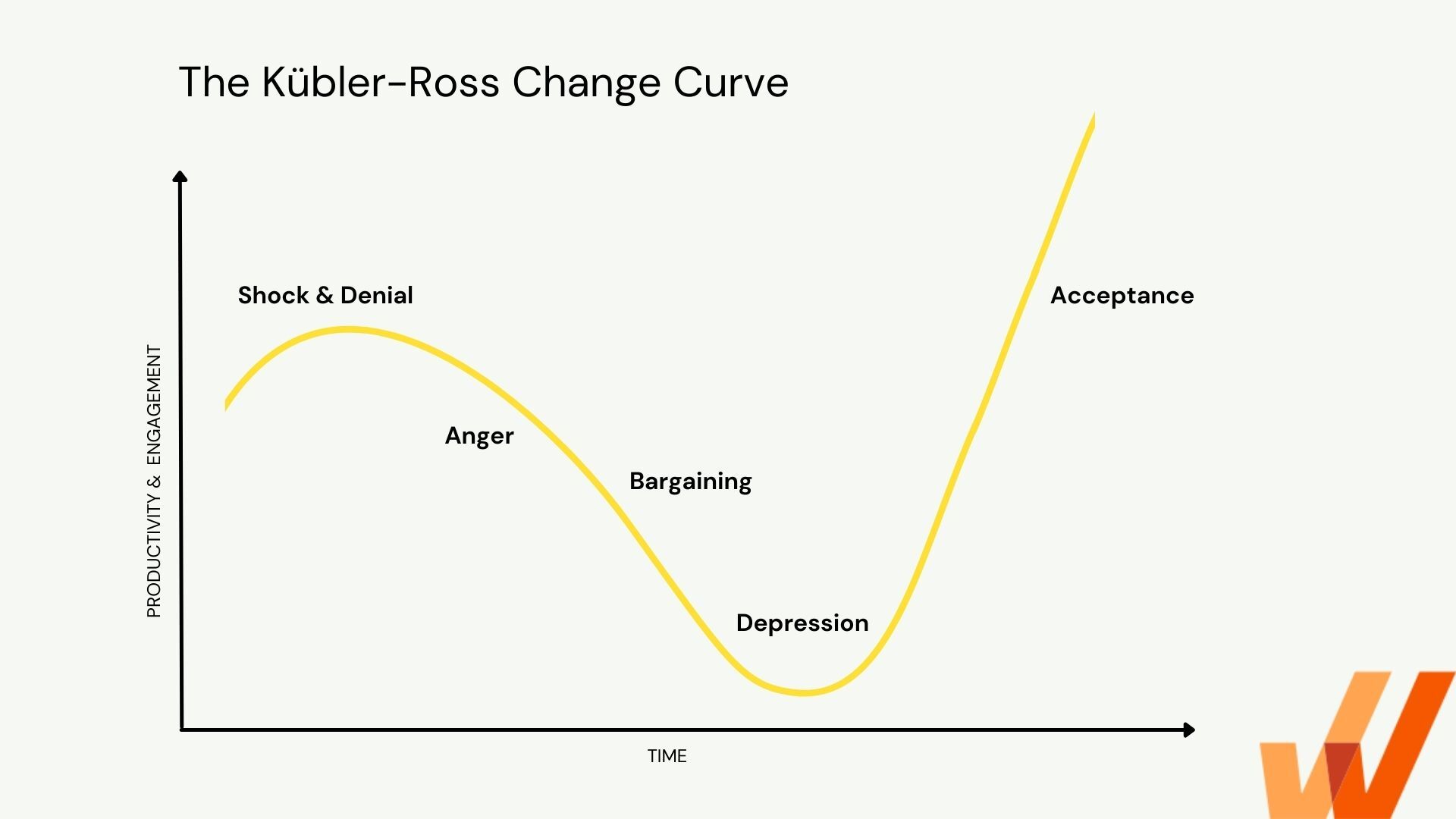
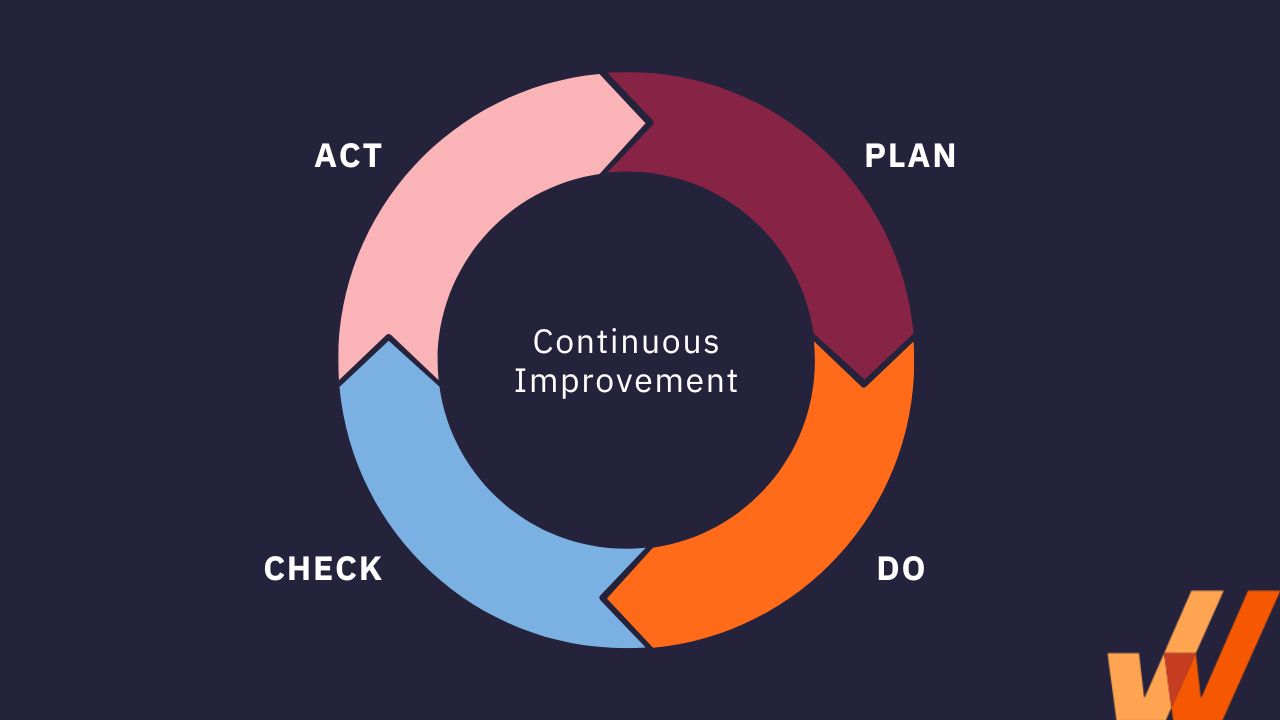



Comments
Post a Comment